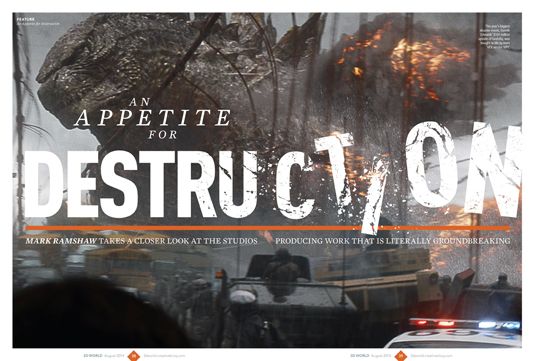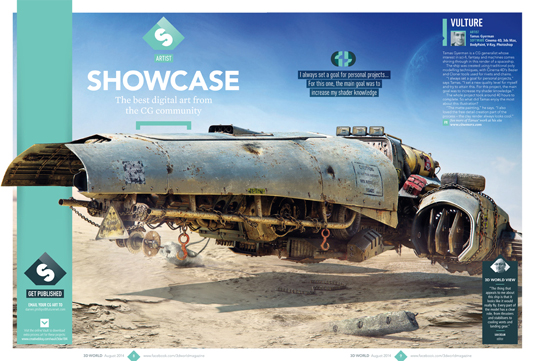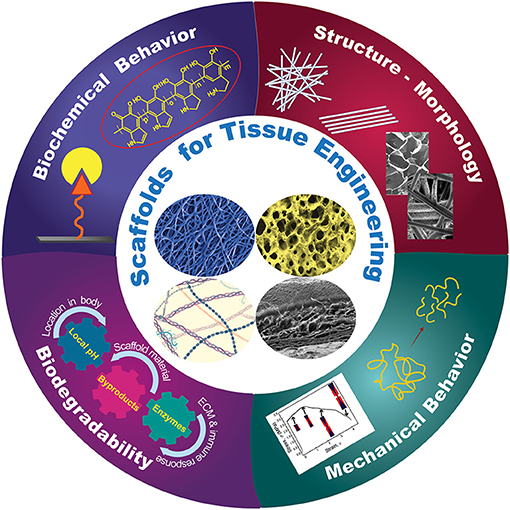
- #Modo 801 uniform scale tool update#
- #Modo 801 uniform scale tool plus#
- #Modo 801 uniform scale tool series#
#Modo 801 uniform scale tool update#
For most tools, you can click and drag in the viewport, and see the properties update in real time. Tool properties only appear when a tool is activate, and they change depending on which tool is selected. Click it to reveal the properties.įor Procedural and Schematic modeling tools, the properties dedicated to the currently-active tool are displayed on the right panel. Note:In the Modo layout, a Tool Properties button is displayed. Direct modelingįor direct modeling tools, the properties dedicated to the currently-active tool are displayed on the left panel, directly below the Toolbox. 4 - Tool Propertiesĭepending on whether you are using Direct Modeling tools, Procedural Modeling, or Schematic Modeling tools, properties are displayed in different areas of the interface. You can display the HUD by pressing Ctrl/ Cmd+ Tab.

Recently used tools are also available in the Tool HUD. Buttons to quickly access alternate toolboxes are available just above the Toolbox. You can drop (deactivate) a tool by pressing the Space key, or by selecting another tool. Depending on the tool's function, its properties appear in the section directly below, where you can modify and apply settings. You can modify some tools using the Ctrl/ Cmd, Alt, and Shift keys, and certain tools support additional functions for the middle and right mouse buttons. You can then manipulate the active tool in the 3D viewport. The active tool is highlighted in orange. Click on any of them to open the related tools.
#Modo 801 uniform scale tool series#
On the right side of the Toolbox, there are a series of rotated tabs or sub-tabs that organize the various tools by their function. The Toolbox itself houses the various tools and commands. Nearly every layout has its own dedicated toolbox, illustrated here with the Model layout's Model Toolbox. The Toolbox is in the upper area of the left side panel. A dialog opens where you need to confirm that you want to reset the layout. You can reset a layout to its default state by double-clicking its tab. To hide unstarred tabs, click the Starred Only button again. You can also click the star button in front of a layout name to highlight specific, often used tabs. To reveal additional layouts, click the Starred Only button on the right. The drop position is indicated by a small orange line.īy the default, you can see the Modo, Model, Animate, Render, and VR layouts. You can reorder tabs by clicking and holding a tab and dragging it to a new location. When you create a new layout, an additional tab is added to the rightmost position of the bar.
#Modo 801 uniform scale tool plus#
You can add your own layouts using the plus button ( ) located to the right of the last tab. To reopen it, click the remaining thin line. To minimize the switcher bar, click the two upward-facing arrows ( ) on the far left, temporarily hiding it. Each tab in the switcher bar represents a focused layout, optimized for their specific task. 2 - Switcher Barĭirectly below the menu bar is the switcher bar. This functional duplication enhances overall workflow. Most commands in the menu bar can also be found elsewhere in the application as buttons, or are available through keyboard shortcuts, listed to the right of the menu item (for a list of Modo keyboard shortcuts, see Keyboard Shortcuts).

Click any of the menu bar items to reveal a list of commands. See the corresponding numbers below for details.Īny function in Modo is available from the menu bar, organized by their respective application. The image below highlights the main interface sections. Understanding all the various areas and their roles in working in Modo is essential to getting the most out of it.

The left-side column is for tools and commands, the center viewport is the most frequently used in Modo, and lastly, the right-hand side houses information regarding the scene: its many items and their respective attributes. Users of any previous version of Modo are very familiar with this tabbed version of the interface, where each focused workspace is selected directly using the tabs across the viewport.Įach of the workspaces are set up as three main sections. It was designed and refined over multiple versions for the smoothest user experience. When you first open Modo after installing it, this is the interface you're presented with. 9 - Properties, Channels, Display, and Lists.8 - Items List, Mesh Ops, Shading, Groups, and Images.


 0 kommentar(er)
0 kommentar(er)
